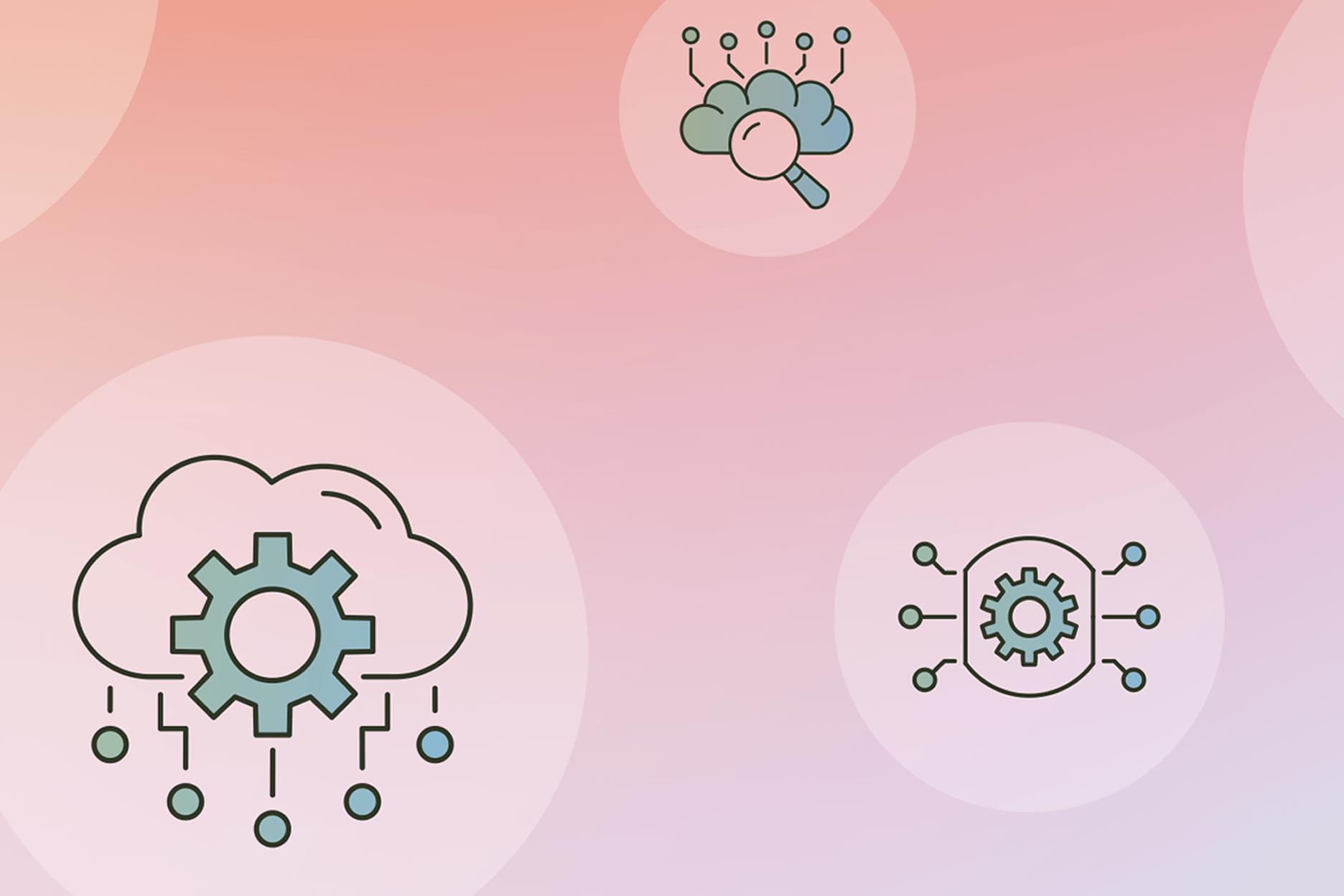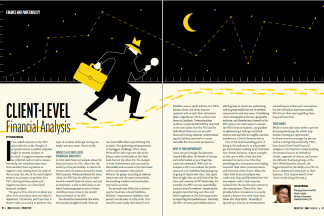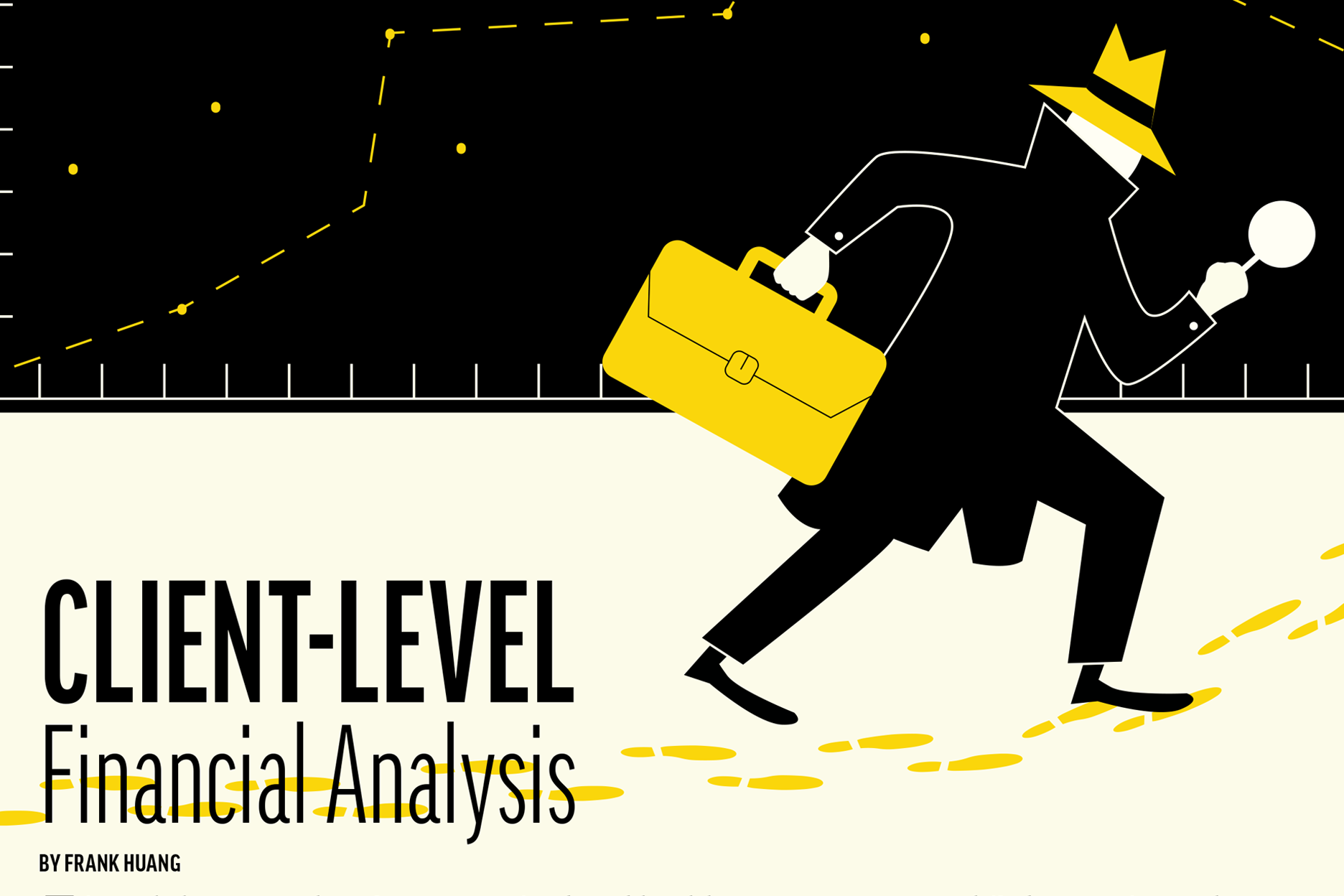HOW AI IS TRANSFORMING PEOPLE MANAGEMENT AND WHY PEOS MUST LEAD THE REVOLUTION
August 2025


Over the past few decades, countless technological shifts have promised to revolutionize human resources and with it, the PEO industry as a whole. However, based on what we have witnessed in recent years, artificial intelligence is likely to be by far, the greatest business paradigm shift in our lifetimes. Delivering effective, measurable results, AI integration is rapidly becoming an essential service component for any leading PEO.
Simply put, the acceleration of AI adoption in HR has been remarkable, with industry leaders reporting implementation timelines that have rapidly been compressed from years to months. This ongoing transformation is impacting how organizations attract, develop, and retain talent in an increasingly competitive marketplace. And those that delay AI integration risk falling behind competitors who are already leveraging these powerful tools to optimize their workforce strategies. Here are just a few of the many ways artificial intelligence is transforming people management systems in the workplace, along with the PEO industry itself.
FROM SUPPORT TO STRATEGIC PLANNING
Human resources has traditionally been viewed as a business support role, universally known for managing payroll, compliance, hiring and benefits administration. However, with the advent of new AI technologies, forward-looking companies are identifying how some HR responsibilities can also become a significant value driver. Recent research shows that businesses that excel in people management are four times more likely to outperform peer organizations financially and 1.5 times more likely to remain market leaders year over year. This can be the direct result of leveraging technology to optimize employee experiences and workforce planning.
Here’s another noteworthy trend: PEOs that embrace AI-powered HR solutions also significantly outperform their competitors. This is partially due to AI’s ability to allow for data-driven decision making that was previously impossible at scale. For example, modern AI platforms can now analyze emerging workforce trends, predict future hiring needs, and identify potential challenges before they significantly impact business operations. This predictive capability allows businesses to proactively address issues such as skill shortages, succession planning, and organizational restructuring. By moving from reactive problem-solving to proactive strategic planning, HR departments become an even more critical business function that contributes directly to revenue growth and the development of competitive advantages.
PERSONALIZED EMPLOYEE SUPPORT
One of AI’s most transformative capabilities is creating personalized employee experiences that have never been seen before. Artificial intelligence-powered platforms can now customize certain HR functions based on individual employee roles, preferences, and aspirations. These models can now analyze all kinds of complex data points, including employee performance, satisfaction, workloads, and productivity to generate customized career paths that align staff resources and skills with the company’s employee needs.
AI can provide personalized learning paths for career development, tailor benefits packages based on location and varying family needs. Emerging AI models even have the ability to predict employee burnout before it occurs. It’s also worth noting that the World Economic Forum predicts 44% of employee skills could be disrupted by AI within five years, making it imperative for organizations to partner with PEOs that prioritize continuous upskilling and reskilling. This investment in employees can, in turn, result in higher retention rates, increased engagement, and improved performance. This is another case where investments in employees – in this case, aided by AI – translates to investing in your business success.
ENHANCING HUMAN LEADERSHIP, NOT REPLACING IT
A common fear in today’s society is that AI will result in the mass elimination of certain positions. In fact, according to a recent study published by McKinsey & Company, approximately two-thirds of today’s people management processes can be largely automated. This is where it becomes imperative for companies to make AI a valuable business tool that works for you and your business. Intentionally applied AI can actually enhance human leadership by automating routine tasks, freeing the valuable and often limited time of leadership to focus on higher-impact activities such as strategic planning and business growth.
As our colleague Bob O’Malley, a technology industry veteran with over 35 years of experience, recently shared, “AI allows you to become a more human organization. It empowers people by providing them with relevant information quickly, enabling better decision-making.”
This insight perfectly captures AI’s true potential. Let the technology work for you, not against you. Artificial intelligence can identify skill gaps and recommend targeted training. It can predict turnover risks and provide retention strategies or automate repetitive tasks so that inhouse HR professionals can devote more attention to an organization’s most critical asset: it’s people.
And while AI excels at data processing and pattern recognition, human leaders bring emotional intelligence, creativity, and ethical judgment that cannot be replicated by machine learning. The most successful organizations are those that create synergy between AI capabilities and human expertise, where technology amplifies human strengths rather than replacing them. This collaboration allows leaders to make more informed decisions while maintaining the personal connections and cultural understanding that drive business success.
SMALL BUSINESS SCALABILITY
For small business owners, venturing into the AI revolution can be a frightening and unfamiliar journey. Many assume these expanding technologies are only available to large corporations, remaining far too expensive for small and medium-sized businesses. This is where the right PEO partner can level the playing field.
As O’Malley also shared, there’s a significant learning curve with AI, and it’s not something you want to jump into blindly. Small businesses need guidance from their PEO counterparts, IT providers, and other trusted advisors to identify the right solutions that fit their specific needs.
As AI continues to revolutionize HR solutions, smart business leaders and the PEO industry must stay ahead of the curve and remain strategic in riding the AI wave in the current, constantly shifting landscape of people management.
-
SHARE
- Copy to clipboard




